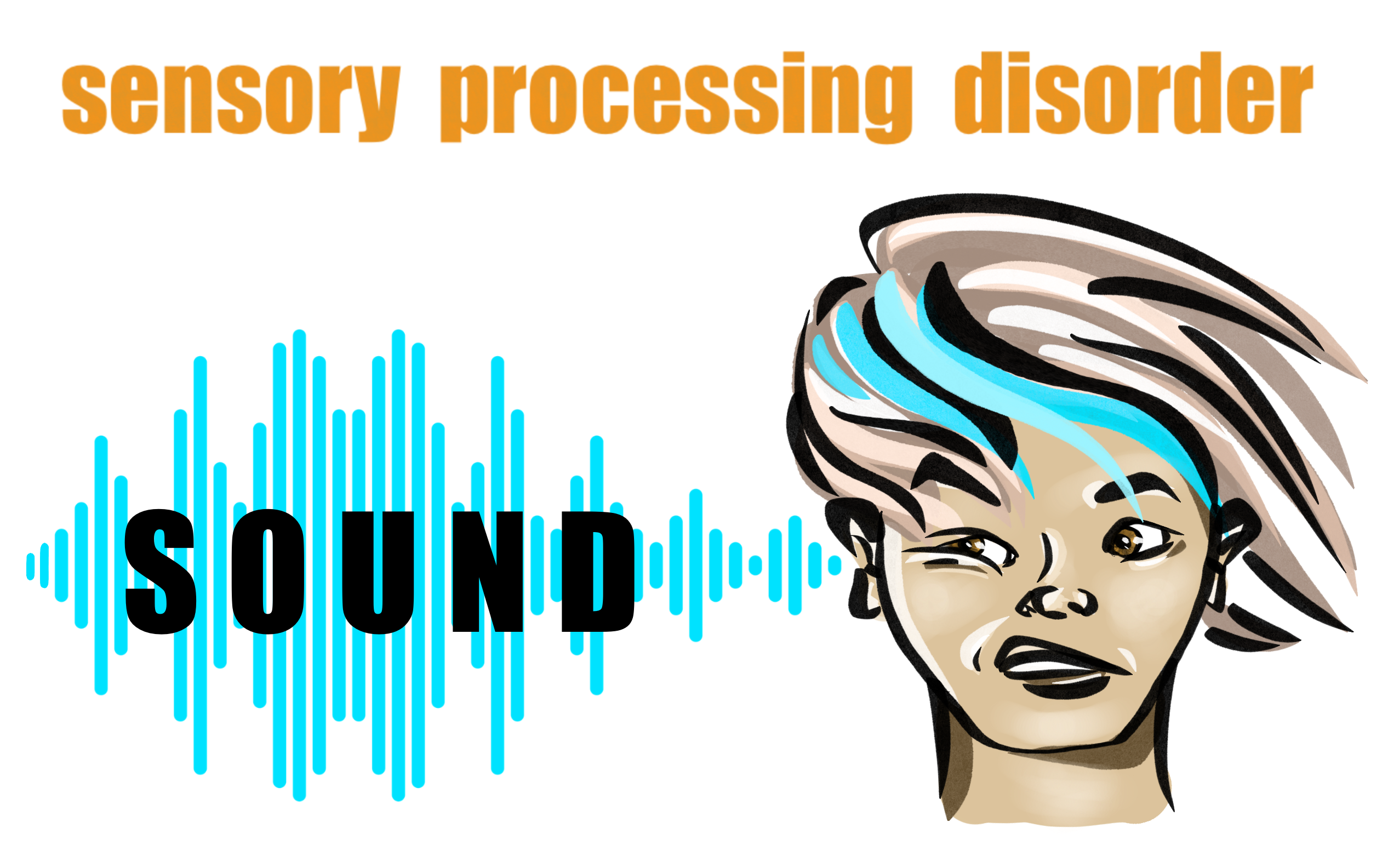Introduction:
Auditory Sensory Processing Disorder (ASPD) is a sensory modulation disorder that affects the brain’s processing and interpretation of sounds. This article provides insights into the causes, symptoms, and management strategies for ASPD, including a focus on the peculiar condition known as misophonia.
Causes and Origins of ASPD:
ASPD can have genetic or acquired origins. Some individuals are born with ASPD due to genetic conditions or neurological differences. Others develop ASPD as a result of traumatic experiences, such as misophonia, which associates specific sounds with distress.
Identifying ASPD:
Ten Warning Signs and Symptoms: To identify the presence of ASPD, it is important to recognize the following ten warning signs or symptoms:
- Hypersensitivity to certain sounds
- Difficulty filtering out background noises
- Intense reactions to unexpected sounds
- Delayed response to verbal instructions
- Overwhelm in noisy environments
- Difficulty understanding conversations in noisy settings
- Unusual ear-covering or sound avoidance behaviors
- Irritability or meltdowns triggered by specific sounds
- Poor auditory memory or language development challenges
- Difficulty distinguishing between similar sounds or following rhythm and melody.
Seeking Professional Help:
If ASPD is suspected in a child, seeking professional help is crucial. Occupational therapists specializing in sensory integration can provide comprehensive evaluations and tailored intervention plans. Pediatricians, psychologists, or developmental specialists may also offer guidance and recommendations.
Management Strategies for ASPD:
Ten Ideas for Parents and Caregivers: To support a child with sensory processing issues, parents and caregivers can implement the following strategies:
- Creating a sensory-friendly environment at home
- Using noise-cancelling headphones or ear defenders
- Establishing consistent routines
- Communicating with teachers about the child’s needs
- Educating family and friends
- Teaching self-regulation techniques
- Using visual aids
- Engaging in activities that promote auditory integration
- Practicing desensitization
- Taking proactive measures in public spaces
Misophonia: A Related Condition:
Misophonia is closely related to ASPD and can cause significant distress and interfere with daily life. It is characterized by strong emotional and physiological responses to specific sounds. Recognition and seeking support from medical professionals or therapists specializing in misophonia are essential.
Seeking Professional Help for Misophonia:
Psychologists, psychiatrists, or therapists specializing in auditory disorders or sensory processing issues can provide guidance, coping strategies, and therapeutic interventions tailored to individuals with misophonia. Cognitive-behavioral therapy (CBT) and sound therapy are commonly used approaches for managing and reducing distress caused by misophonia triggers.
Enhancing Well-Being with Self-Care Practices:
In addition to seeking professional help, engaging in self-care practices can improve overall well-being and help individuals cope with misophonia. Suggestions include practicing relaxation techniques, engaging in enjoyable activities, seeking support from communities, maintaining a healthy lifestyle, creating a safe and quiet space, utilizing sound masking, communicating openly, developing healthy coping mechanisms, practicing self-compassion, and staying informed about research and resources related to misophonia.
Conclusion:
By seeking professional help, building a support network, and implementing practical strategies, individuals with ASPD and misophonia can lead fulfilling lives. With increased awareness, empathy, and the right support, it is possible to thrive and enjoy a happier, more harmonious life despite the challenges of auditory sensory processing disorders.








